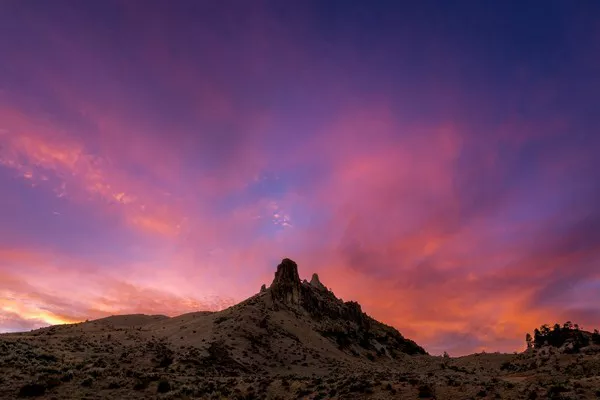Nature is set to put on a celestial spectacle tonight and into the early hours of tomorrow morning in the form of the Quadrantid Meteor Shower, offering sky gazers a chance to witness up to 130 shooting stars per hour. Scheduled to reach its peak at approximately 4 a.m. EST on January 4, this event is poised to offer a captivating show for those in the Northern Hemisphere.
What Exactly is the Quadrantid Meteor Shower?
The Quadrantids result from the Earth traversing the debris trail left by the asteroid 2003 EH1 during its orbit around the sun, as noted by NASA. As these fragments of dust and rock collide with our planet, they ignite in the atmosphere, creating the mesmerizing phenomenon known as a meteor or shooting star. Anticipated to produce about 130 meteors per hour at its zenith, the Quadrantids derive their name from the now-defunct constellation Quadrans Muralis, which has been integrated into the Bootes constellation. These meteors appear to emanate from this specific region of stars in the night sky.
When Can You Observe the Quadrantid Meteor Shower?
Running from December 26 to January 16, the Quadrantids have a notably brief peak period that spans only a few hours. The peak activity is anticipated at 4 a.m. EST on January 4. Meteor activity is expected to intensify in the lead-up to the peak and gradually diminish in the subsequent hours. Thus, the optimal time to catch a glimpse of the Quadrantids is from around midnight until dawn—tonight leading into tomorrow morning.
Tips for Viewing the Quadrantid Meteor Shower
For an optimal viewing experience of any meteor shower, including the Quadrantids, experts recommend seeking out a dark location far from sources of light pollution. Allow your eyes approximately 20 minutes to adjust to the darkness. Once acclimated, direct your gaze upwards towards the sky and patiently await the celestial show. Notably, the American Meteor Society highlights the Quadrantids’ tendency to produce luminous fireballs, increasing the chances of sighting meteors even in areas affected by light pollution.
What’s Next on the Meteor Shower Calendar?
Following the Quadrantids, the γ-Ursae Minorid meteor shower is expected later this month, albeit with lower activity compared to the Quadrantids. Stargazers will then have to wait until the Lyrids, expected to peak between April 21-22, although this year, a nearly full moon may dampen visibility, obscuring all but the brightest shooting stars. Subsequently, the Eta Aquariids, anticipated to exhibit heightened activity this year, will peak on the night of May 4 into the following morning.

